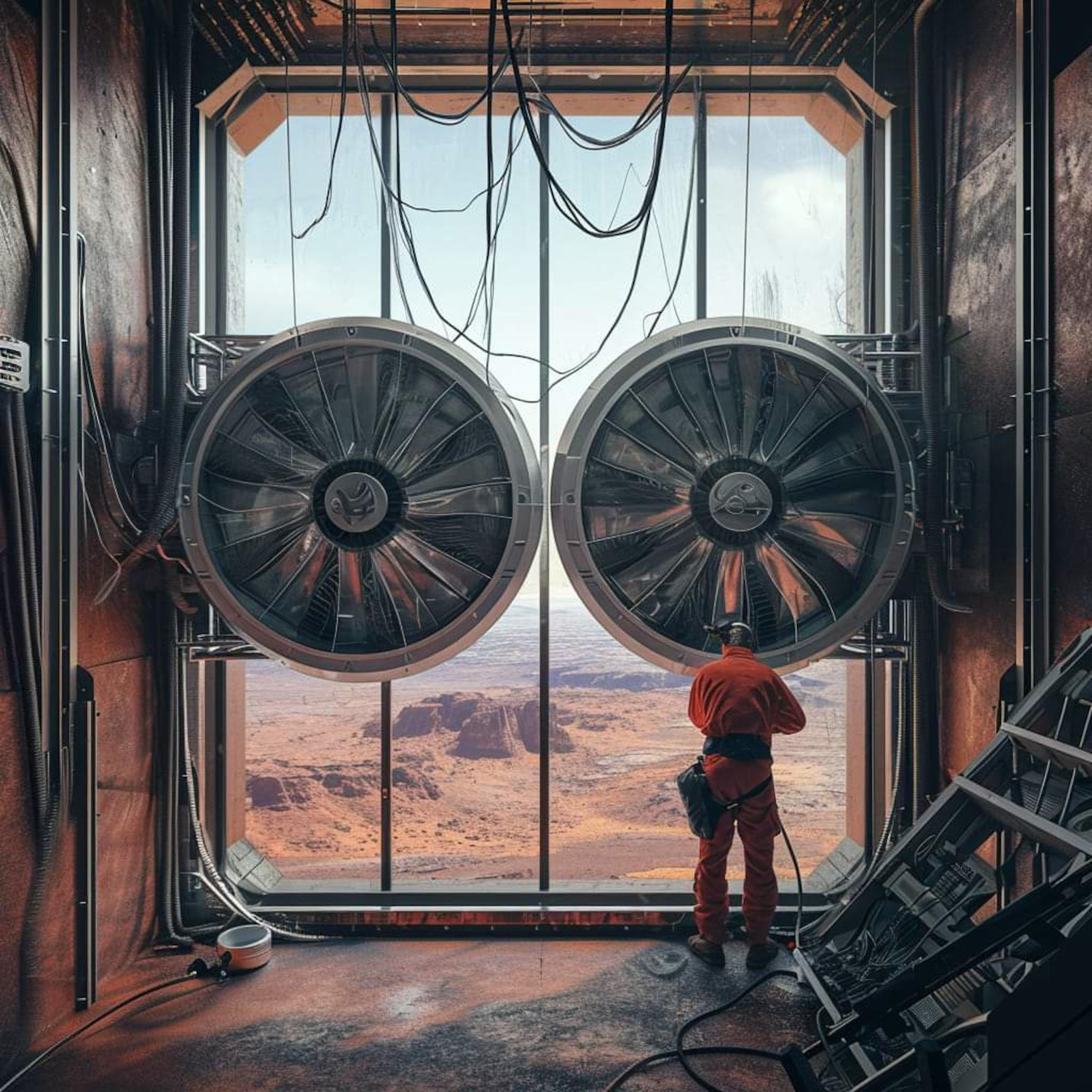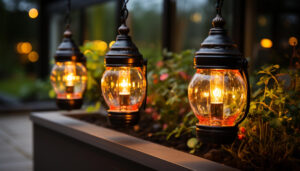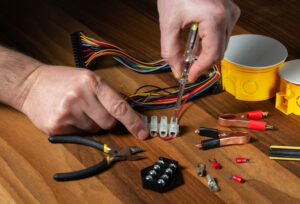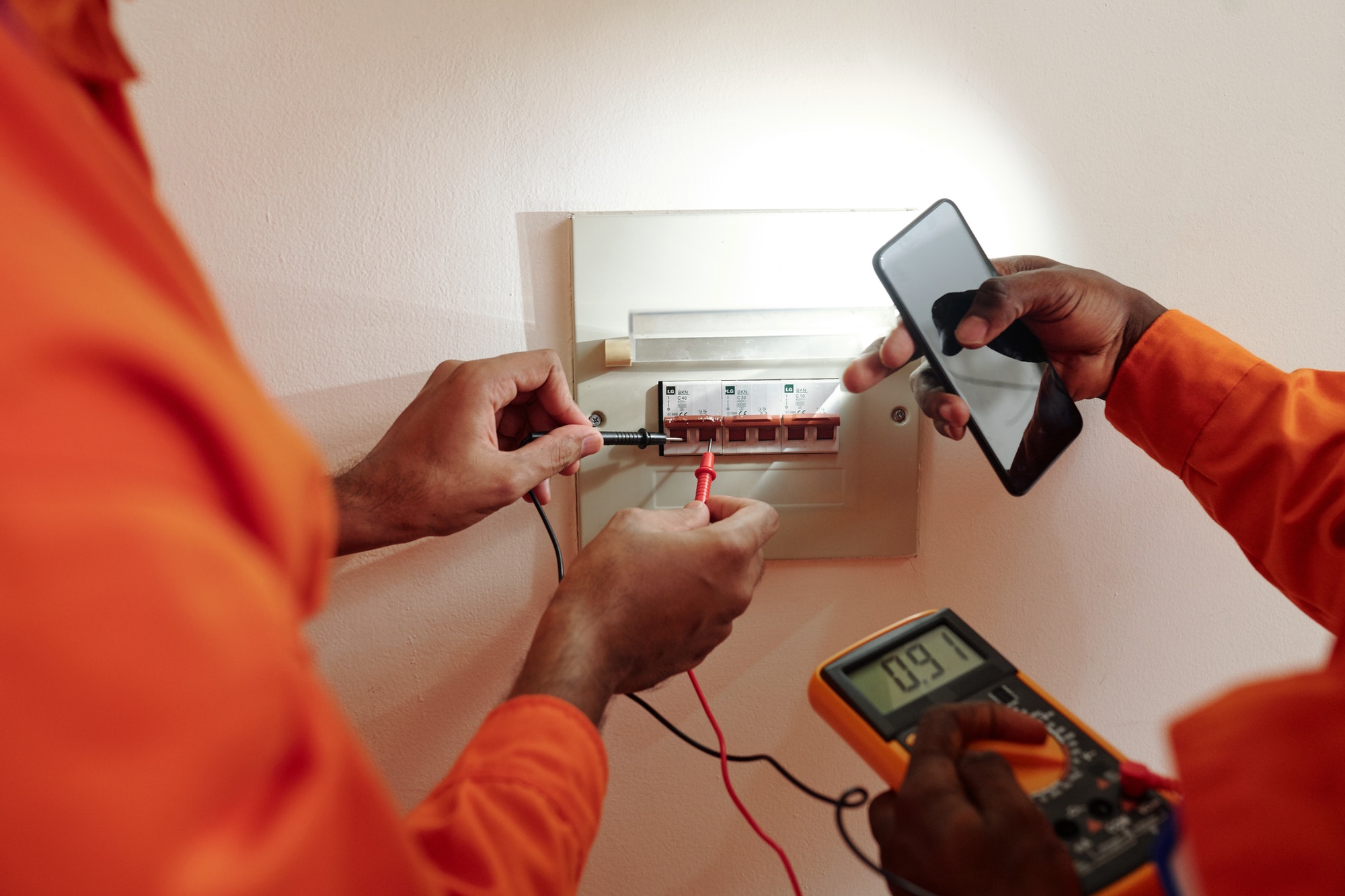Choosing the perfect extractor fan requires careful consideration of various factors to ensure optimal ventilation and indoor air quality. Here are some key factors to consider when selecting an extractor fan for your home or commercial space:
1. Room Size
Consider the size of the room where the extractor fan will be installed. Larger rooms may require more powerful extractor fans with higher airflow rates to effectively ventilate the space and remove airborne contaminants.
2. Airflow Rate (Extraction Rate)
The airflow rate of an extractor fan, measured in cubic meters per hour (m³/h) or liters per second (l/s), indicates the volume of air that the fan can move per unit of time. Choose an extractor fan with a suitable airflow rate based on the size and usage of the room.
3. Noise Level
Extractor fans vary in noise levels depending on their design and motor type. Consider the noise level of the fan, especially if it will be installed in bedrooms, living rooms, or other quiet areas where noise may be a concern. Look for extractor fans with low noise ratings for quieter operation.
4. Energy Efficiency
Select energy-efficient extractor fans that consume minimal energy while providing effective ventilation. Look for models with high energy efficiency ratings and features such as low-power motors, variable speed controls, and energy-saving modes to reduce energy consumption and lower utility costs.
5. Type of Installation
Extractor fans are available in various installation types, including wall-mounted, ceiling-mounted, and inline (duct) fans. Choose the appropriate installation type based on the layout and design of the room, as well as the location of existing ventilation ducts or openings.
6. Ducting Requirements
Consider the ducting requirements of the extractor fan, including the length, diameter, and material of the ventilation ducts. Ensure that the ducting is properly sized and installed to minimize airflow resistance and maximize ventilation efficiency.
7. Humidity Sensing
Some extractor fans come with humidity sensors that automatically activate the fan when humidity levels exceed a certain threshold. Humidity-sensing extractor fans are ideal for bathrooms, kitchens, and other high-moisture areas where moisture control is essential for preventing mold, mildew, and moisture-related damage.
8. Timer Function
Extractor fans with timer functions allow you to set the fan to operate for a specified duration after use, helping to remove residual odors, moisture, and airborne contaminants from the room. Timer functions are convenient for bathrooms, kitchens, and other spaces where ventilation is needed intermittently.
9. Aesthetics and Design
Consider the aesthetics and design of the extractor fan to ensure that it complements the décor and style of the room. Choose from a variety of designs, finishes, and features to find an extractor fan that blends seamlessly with the interior design of your home or commercial space.
10. Regulatory Compliance
Ensure that the extractor fan complies with relevant building codes, regulations, and standards for ventilation and indoor air quality. Look for extractor fans that are certified by recognized regulatory bodies and meet or exceed minimum ventilation requirements for the intended application.
Conclusion
By considering these factors, you can choose the perfect extractor fan for optimal ventilation and indoor air quality in your home or commercial space. Whether for bathrooms, kitchens, or other enclosed areas, selecting the right extractor fan ensures effective ventilation, removes airborne contaminants, and creates a healthier, more comfortable indoor environment for occupants.







